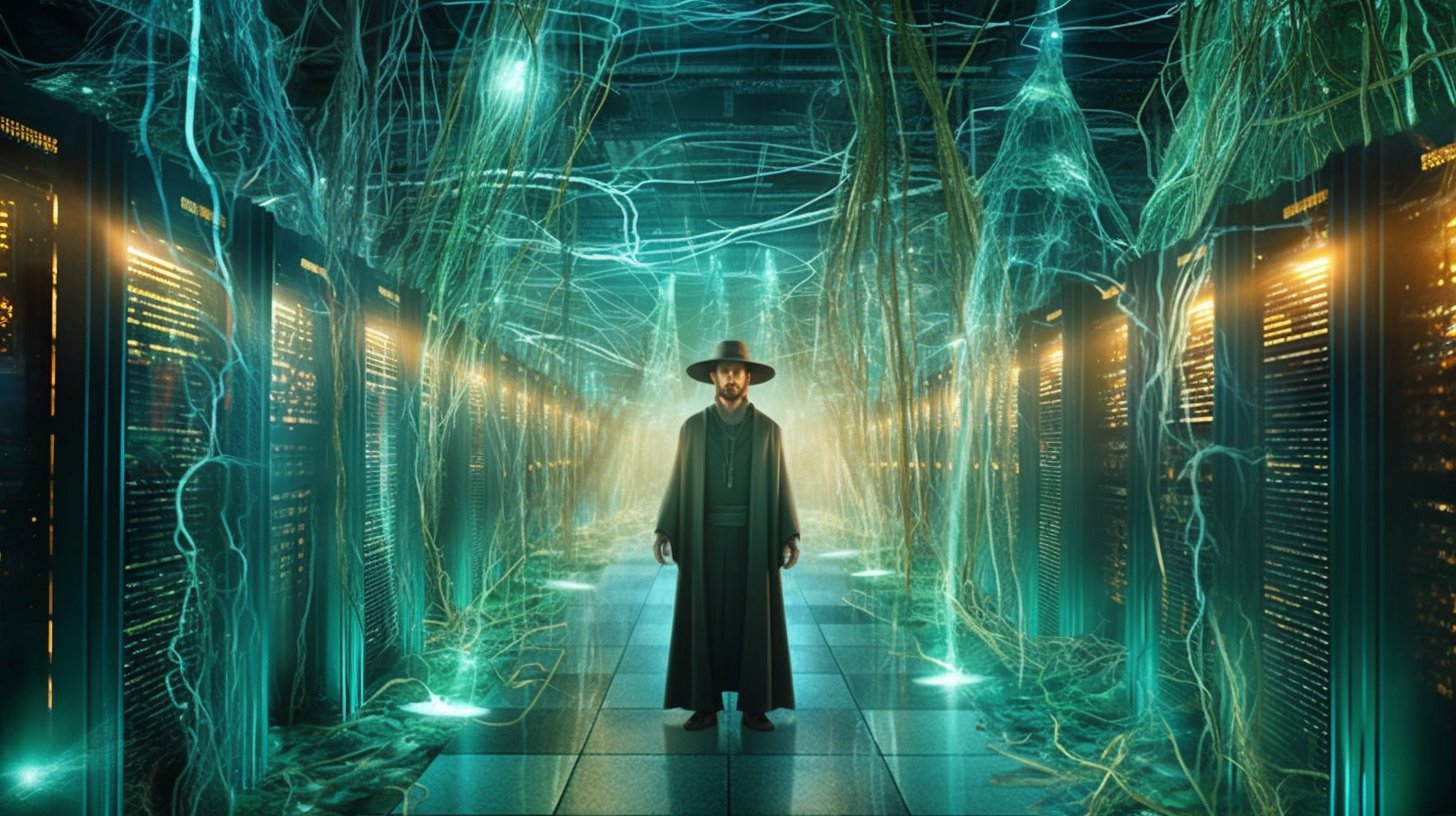Unraveling the Mystery Around Configuring and Verifying Switch Interfaces: A CCNA 200-301 Exam Guide

Did you ever pause to ponder about the wizard who keeps the Internet humming like a finely tuned machine? You've nailed it - network engineers grapple with switches, routers, and all kinds of techno-jargon that can give most folks a spin. A round of applause goes to them... or at least, a cup of high-octane coffee.
Hold your hats now, as we're plunging deep into the nuts and bolts of configuring and verifying switch interfaces, a prime topic on the CCNA 200-301 exam. So, do you feel primed for some serious networking wizardry? Let's pull up our sleeves and dive into the job, folks!
The Role of Switch Interfaces
First, understanding the role of switch interfaces becomes a necessity. Think of them as the friendly greeters at a networking party. They greet all incoming data packets first into the network, shepherding them to their destined spots. Don't underrate them - absent these diligent doers, your network would be clueless on where to route your data, a major downer for efficiency and speed enthusiasts!
Configuring Switch Interfaces: A Step-by-Step Guide
Alright, time to buckle up and take a spin down Configuration Lane. Bear in mind, you don't require a map (or even GPS for that matter). I'm present to lead you through each twist and turn.
Step one: You will desire to gain entry to your switch command interface. This doesn't sound as intimidating as it looks. Indeed, it's as straightforward as entering 'enable' on the command line. Voila, you've entered. Feels akin to infiltrating a clandestine club, right?
Step two: To configure the interface, you have to reach the configuration mode. Just type 'configure terminal' and you're halfway there. But don't pat yourself on the back just yet!
Step three: Now you need to select the interface to configure. Here's the fun part - it's like you're on a secret mission, sifting through interfaces to find the right one. Enter 'interface' followed by the interface's ID, and you've pinpointed your target.
Verifying Switch Interfaces: The Detective Work
Hold on, there's more in store! Once you've established your snazzy new switch interface, verifying its correct function becomes crucial. Just like a detective checking their leads, you need to ensure everything is in order. Not as glamorous as a Victorian-era sleuth, but arguably as important!
By typing in 'show interfaces', you can check the status of all interfaces (like a quick head-count before a field trip). Want to scrutinize a particular interface? 'Show interfaces' followed by the interface-ID is your friend. From this point, scout for errors and potential glitches that might give you a spook later. Safety over remorse, always a better choice!
The Art of Troubleshooting
Alright, brace yourselves, folks - the awaited paragraph is coming your way. It's high time to unleash the humor and jingle the laughter bells. Yes, it's possible to make network troubleshooting funny, even if it feels like performing open-heart surgery on a clock, blindfolded.
So you've got a villain - ahem, I mean a hiccup - in your grasp. Just like a valiant hero, it's time to hitch up your sleeves and face the problem directly. However, unlike film scripts, there are no detonations involved here. No, networking troubleshooters arm themselves with a different kind of weapon: information. Lots and lots of information.
Diagnostic commands are our hidden secret, like spinach for Popeye. 'Show interfaces status': bam, it’s an overview of all interfaces. 'Show running-config interface': wham, the current configuration of an interface. 'Show interfaces trunk': kaboom, details about the trunk port. You get the idea. These are the 'here I come to save the day' kind of diagnostics. And so, armed with these mighty commands, we, network troubleshooters, take on the mayhem of a misbehaving switch, restoring order in the digital world, one interface at a time.
In conclusion, network engineering isn't about stumbling around in the dark; it's about illuminating a path through the digital jungle and keeping everything humming along nicely. Configuring and verifying switch interfaces may seem daunting at first, but with a bit of practice, and a keen sense of adventure, you'll master it in no time. So shine your light, future network magicians, and show that CCNA 200-301 exam who's boss!